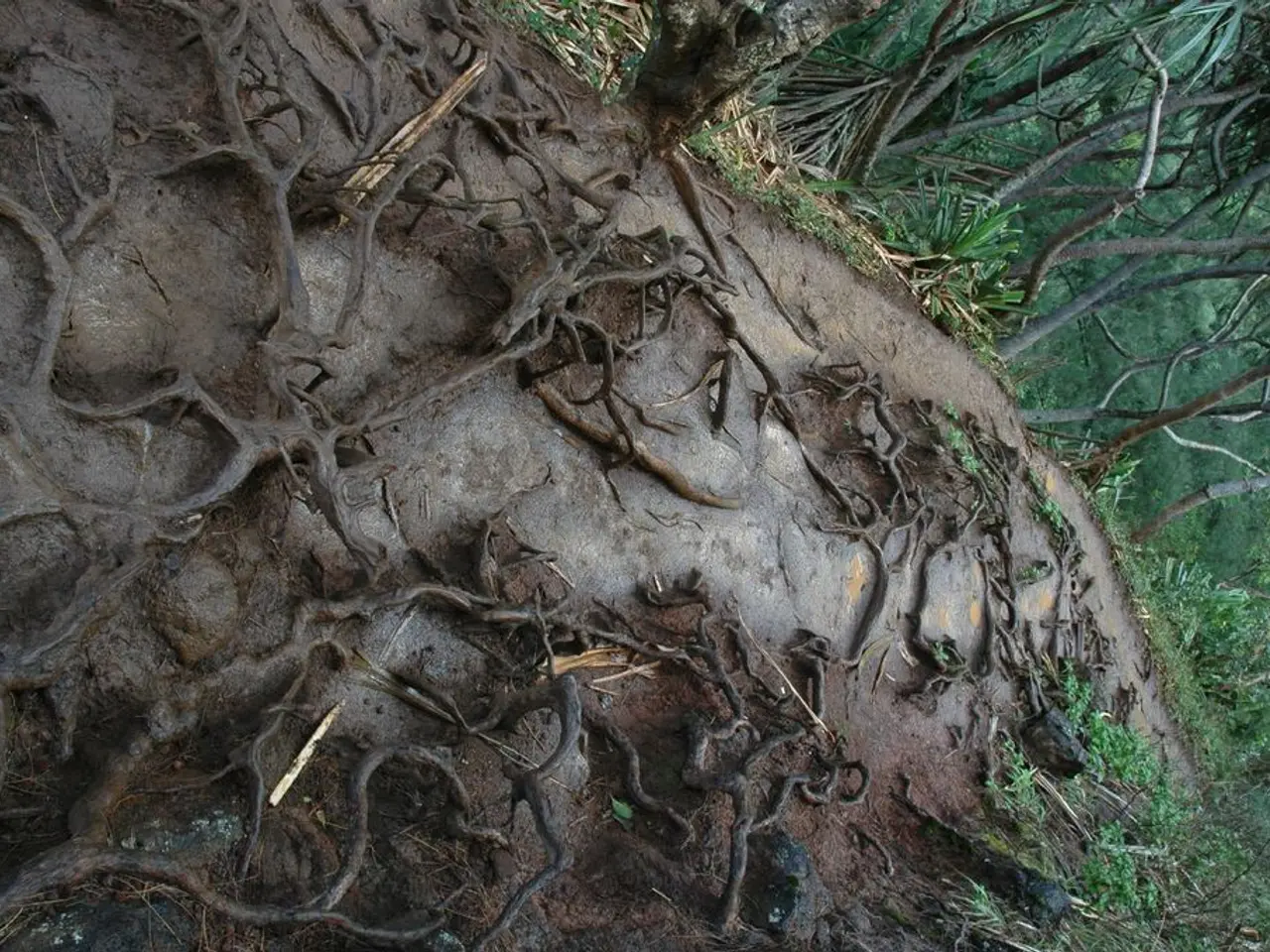Unveiling the Mysteries behind Soil Fertility and Plant Vigor
In the world of gardening and agriculture, the depth and quality of soil play a pivotal role in determining the yield of crops, particularly those grown with minimal irrigation. A recent surge in research has revealed that the ideal soil depth for plant growth is influenced by various factors related to root distribution, nutrient availability, water accessibility, and soil conditions.
One key finding is that many plants have a more extensive root system than previously thought, with roots reaching deeper than three feet underground to access hidden nutrient pockets. This suggests that the ideal soil depth should accommodate not just surface root activity but also deeper root layers essential for resource uptake.
The presence and distribution of nutrients at various depths directly impact how deep roots grow. Plants develop roots in nutrient-rich soil layers, which may occur deeper underground. The availability of water and nutrients in the soil decreases with depth, affecting root development.
Effective soil depth (ESD) strongly influences water availability. Shallow ESD (≤ 50 cm) can limit water accessibility and restrict crop growth, as seen in sorghum. On the other hand, deeper soils can hold more water and nutrients, improving plant growth.
The soil texture and organic matter also play a significant role. Correlations between soil organic carbon and clay content influence soil structure and water retention, affecting root penetration and growth. Changes in soil composition at various depths can promote or inhibit root development.
Deeper roots can lead to increased carbon storage by reaching zones less accessible to carbon-releasing microbes, enhancing long-term soil fertility and indirectly benefiting plant growth. Soil conditioning practices, such as the use of biochar, can alter root surface area and growth patterns at certain depths, optimising conditions throughout the soil profile.
Shallow soils provide less water and nutrients to plants compared to deeper soils. Tall woody plants, such as shrubs and trees, are particularly reliant on soil for structural support and are more easily blown over by wind when growing in shallow soils. Plants growing in shallow soils are more susceptible to wind damage and may be easily blown over.
To prepare garden beds for planting, it is important to know the rooting depth of the intended crops. Understanding the rooting requirements of plants will help gardeners provide ideal growing conditions for bountiful harvests. By considering the factors outlined above, gardeners can create the perfect soil depth for their plants to thrive.
- In the realm of health-and-wellness, the optimal soil depth for plant growth offers significant benefits, as it influences nutrient availability, water accessibility, and root development – key factors that impact plant growth and overall health.
- Delving deeper into the science of horticulture, we find that an understanding of soil properties and conditions at various depths can lead to improved plant health and yields through optimizing nutrient uptake and water storage, ultimately enhancing the overall health-and-wellness benefits derived from these crops.




